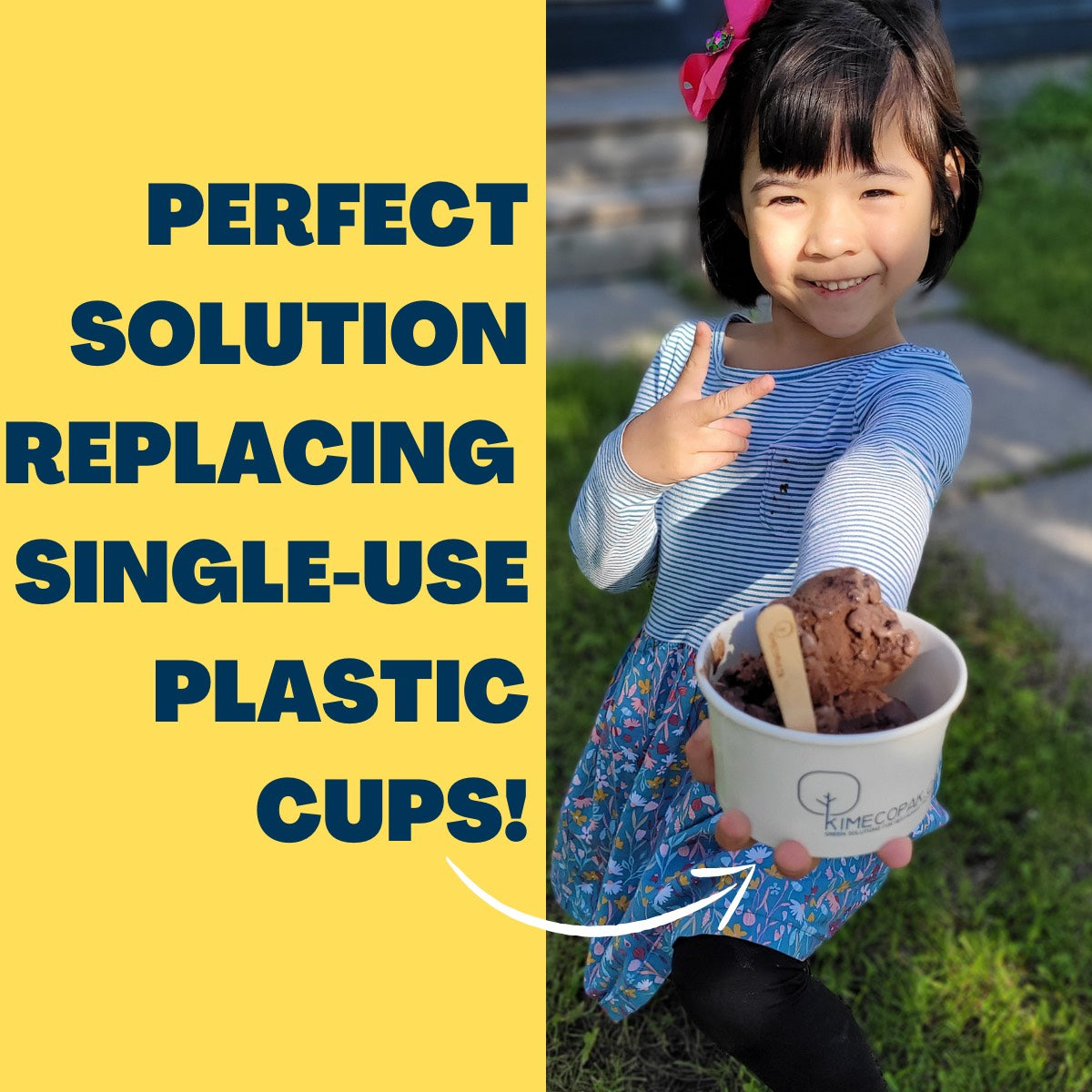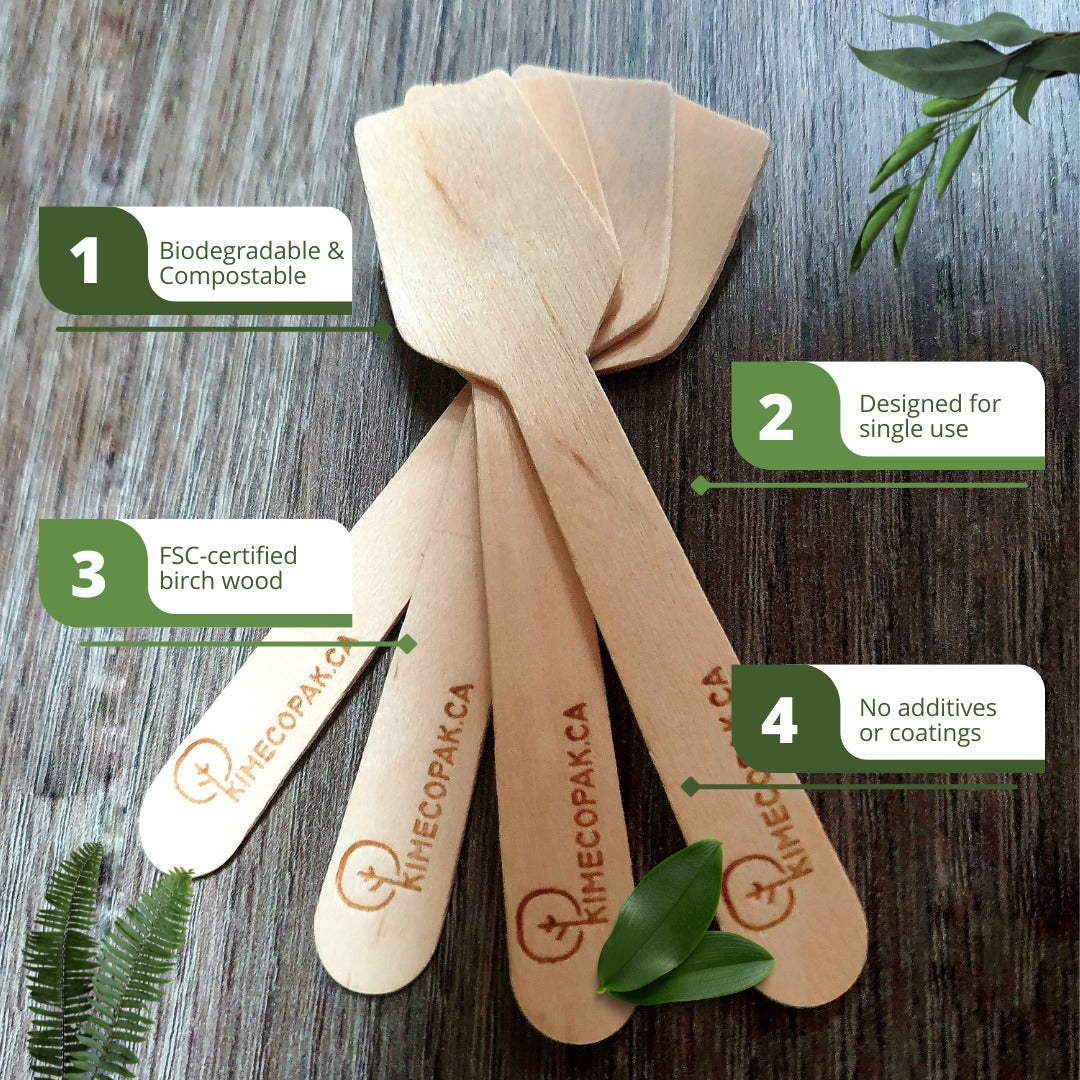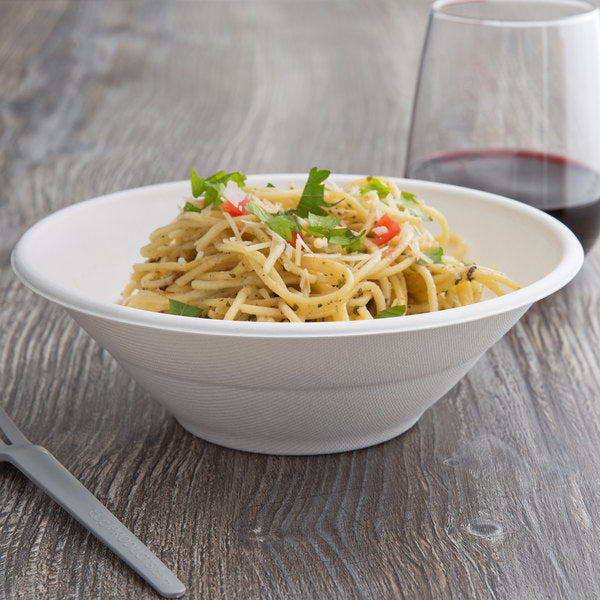When it comes to serving frozen treats, choosing between paper and plastic ice cream cups isn’t just about aesthetics or cost it’s about sustainability, branding, and customer experience. As consumers become more environmentally conscious, food businesses must also weigh the long-term impact of their packaging choices. In this article, we’ll explore the key differences between paper vs plastic ice cream cups, helping you make an informed decision that aligns with your values and business goals.
-
Custom Paper Ice Cream Cups Alberta Canada-Wholesale Ice Cream Cups with Lids
- Are Ice Cream Cups Recyclable? How to Properly Recycle Ice Cream Cups
Why Choosing the Right Ice Cream Cup Matters

When it comes to serving ice cream, the choice of cup plays a crucial role in various aspects of your brand. Not only does it impact product presentation and user experience, but it also reflects your commitment to sustainability. As consumers become increasingly aware of environmental issues, the debate between paper and plastic cups has intensified.
This blog post explores the pros and cons of paper and plastic ice cream cups, helping you make an informed decision that aligns with your brand values and meets customer expectations.
Paper Ice Cream Cups – Pros and Cons

Advantages of Paper Ice Cream Cups
- Eco-Friendliness: One of the standout benefits of paper cups is their environmental profile. Manufactured from renewable resources, they can be recyclable, biodegradable, or compostable, depending on the specific type chosen. This eco-friendliness resonates with many consumers, particularly those who prioritize sustainable practices.
- Positive Brand Image: Using paper cups can enhance your brand image by aligning with the values of eco-conscious consumers. By demonstrating your commitment to sustainability, you may attract a loyal customer base that appreciates businesses prioritizing the environment.
- Customizable Surface: Paper cups offer the advantage of easy branding. With a print-friendly surface, it’s straightforward to customize designs, colors, and logos, enabling your brand's identity to shine through. This customization can transform a simple ice cream cup into a marketing tool, increasing brand visibility in the hands of your customers.
Disadvantages of Paper Ice Cream Cups
- Less Durable in Humid Conditions: One of the drawbacks of paper cups is their performance in moist environments. High humidity can compromise the integrity of paper, leading to sogginess or leaks that negatively impact the user experience.
- May Require Lining: To combat the moisture issue, many paper cups are lined with materials such as polylactic acid (PLA). While this lining enhances durability, it can complicate the recycling process and may diminish the overall eco-friendliness of the product.
- Higher Cost in Some Markets: Paper cups may have a higher upfront cost compared to plastic in certain markets, primarily due to raw material and manufacturing processes. This factor could impact your bottom line, especially if you produce ice cream at a larger scale.
Plastic Ice Cream Cups – Pros and Cons

Advantages of Plastic Ice Cream Cups
- Highly Durable and Leak-Resistant: Plastic cups are known for their robustness. They are less likely to leak or become soggy, making them an ideal choice for high-volume serving environments. This durability means less mess and more satisfaction for your customers.
- Crystal Clear Options (PET): For brands looking to showcase their product, clear plastic cups made from PET (polyethylene terephthalate) provide an excellent visual appeal. This feature allows the vibrant colors and textures of the ice cream to shine, potentially attracting more customers.
- Cost-Effective for Mass Production: Plastic cups often come with a lower price point in larger quantities, offering cost savings that can be essential for businesses with tight margins. The ability to produce in bulk can also streamline operations, helping to keep up with customer demand.
Disadvantages of Plastic Ice Cream Cups
- Environmental Impact: The most significant downside of plastic cups is their environmental footprint. Many disposables are non-biodegradable, leading to pollution and waste accumulation. This issue is increasingly concerning for consumers who are dedicated to reducing their carbon footprint.
- Growing Consumer Resistance: With rising awareness about the environmental impact of single-use plastics, there is a growing consumer resistance to products that contribute to plastic pollution. Brands using plastic cups may face backlash from eco-conscious customers.
- Regulatory Restrictions: In many regions, there are increasing regulatory restrictions on single-use plastics. These laws may require businesses to shift towards more sustainable options, such as paper or reusable containers, complicating compliance for companies that rely heavily on plastic.
Engagement with customers about your packaging choices can foster brand loyalty and reflect the ethos of your business.
Ultimately, the choice between paper and plastic ice cream cups depends on your brand's priorities, including sustainability, cost-efficiency, and customer experience. Carefully weighing each option will help ensure that your brand aligns with modern consumer preferences while maintaining operational efficiency.
Sustainability Showdown: Paper vs Plastic Ice Cream Cups

Carbon Footprint Comparison
When evaluating the sustainability of paper and plastic ice cream cups, one key aspect to consider is the carbon footprint associated with their production and disposal.
- Paper Cups: Typically made from renewable resources such as trees, paper cups have a lower carbon footprint in terms of raw material production. However, the process of converting wood into paper involves energy consumption and can lead to deforestation if not managed sustainably.
- Plastic Cups: Made from petroleum-based materials, plastic cups generally have a higher initial carbon footprint due to the extraction and processing of fossil fuels. Nonetheless, if collected properly, recycled plastic can offset some of this impact.
End-of-Life: Recyclability, Compostability, Landfill Persistence
The end-of-life scenario for both types of cups is crucial in determining environmental impact.
- Recyclability: Plastic cups can be recycled, but the process is often complicated by contaminants. On the other hand, paper cups, although compostable, face challenges due to the plastic lining that makes recycling difficult. However, advancements in materials science are leading to more recyclable paper cups.
- Compostability: Paper cups can be composted under the right conditions. This allows them to break down relatively quickly, returning nutrients to the soil, while traditional plastic cups can take hundreds of years to decompose in a landfill.
Global Trends Pushing Paper Alternatives
The shift towards more sustainable packaging has gained momentum globally.
- Many consumers, particularly millennials and Gen Z, are increasingly choosing brands that prioritize eco-friendly options. This cultural shift is pushing businesses, including ice cream retailers, to consider paper cups as a viable alternative to plastics.
- Legislation in various regions is also leaning towards banning single-use plastics, further enhancing the appeal of paper products.
Which Ice Cream Cup is Right for Your Business?

Choosing the right cup for your business goes beyond sustainability; it also involves understanding your customers and operational needs.
Consider Target Audience Values (Eco-Conscious vs. Cost-Conscious)
Understanding your target audience can significantly influence your choice of ice cream cup.
- Eco-Conscious Consumers: If your customers prioritize sustainability, paper cups may align better with their values. Offering paper options can enhance your brand's reputation as an environmentally responsible choice.
- Cost-Conscious Consumers: If your primary demographic is focused more on price, plastic cups might be more economical, especially when considering bulk purchase costs.
Evaluate Storage, Transportation, and Product Type
Further considerations include the practicality of storing and transporting the cups.
- Storage: Paper cups generally take up more space due to bulk packaging and can be affected by moisture. In contrast, plastic cups are usually more compact and resilient.
- Transportation: The weight and durability of cups can affect your shipping costs. Heavier paper cups can increase shipping expenses, whereas lightweight plastic cups might provide savings.
- Product Type: Consider the type of ice cream you're serving; thicker, creamier varieties might pair better with sturdy plastic, while lighter sorbets could work well in paper cups.
Think Long-Term: Branding, Compliance, and Consumer Perception
When selecting a cup, think about the broader implications for your brand.
- Branding: Your choice of cup can communicate your brand values. Aligning with sustainable practices can enhance your brand image and customer loyalty.
- Compliance: Various regulations around packaging are emerging, and choosing the right cup can help your business stay ahead of compliance requirements, avoiding potential fines.
- Consumer Perception: The cup your ice cream is served in contributes to the overall customer experience. Customers are increasingly aware of the environmental impact of their choices, and showcasing a commitment to sustainability can attract a broader customer base.
Kimecopak’s Recommendation: Eco-Friendly Ice Cream Cup Solutions
At Kimecopak, we recognize the pressing need for sustainable solutions in the ice cream industry.
Why Paper Cups Are Our Priority
Our focus on paper cups is driven by their potential for reduced environmental impact.
By offering biodegradable options, we provide a way for businesses to move away from plastic dependency while feeling confident about their ecological footprint.
Customizable Designs with Environmental Certifications
We make it easy for businesses to showcase their commitment to sustainability through our customizable paper cup designs.
These designs can include environmental certifications and branding opportunities that resonate with eco-conscious consumers.
Helping Your Brand Reduce Plastic Dependency
Our goal is to support you in transitioning to sustainable packaging solutions without sacrificing quality or customer experience.
Conclusion
Both paper and plastic ice cream cups serve unique purposes. The best choice ultimately depends on your brand mission and the values you wish to communicate to your customers. Choosing responsibly ensures you protect your product's integrity, maintain customer trust, and contribute positively to the environment.
"Click here to view detailed pricing for our two most popular product lines".







